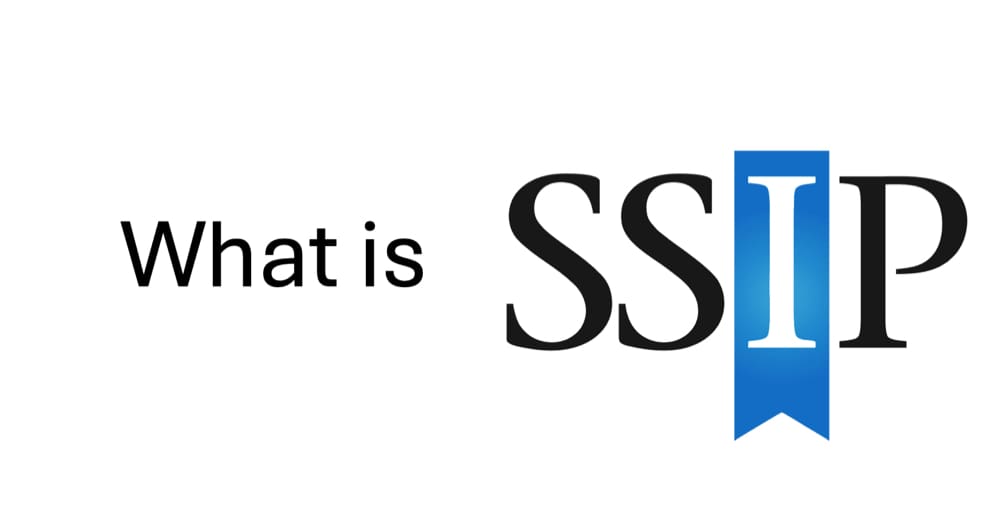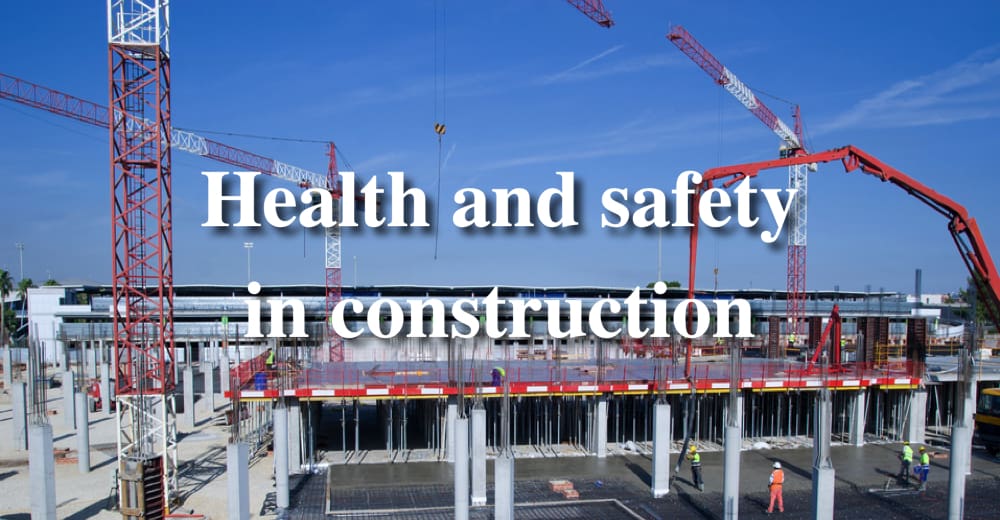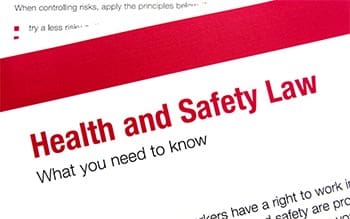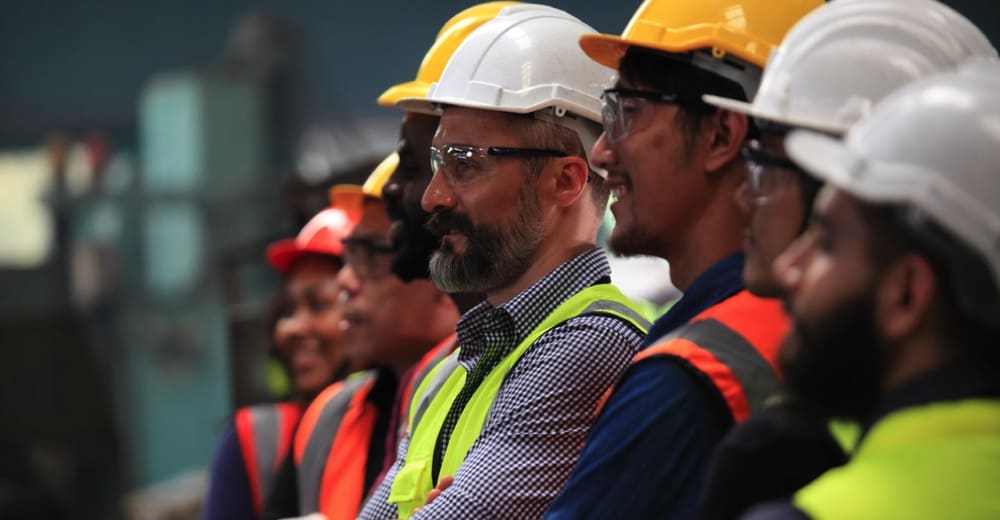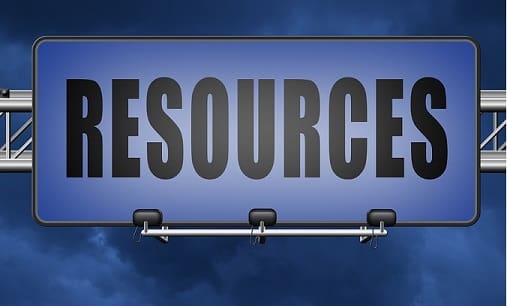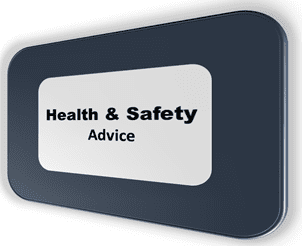SSIP Accreditation: What It Is & Why It Matters for Contractors Guide
What is SSIP? Everything construction businesses need to know about the pre-qualification and winning more work.
What Is SSIP?
SSIP (Safety Schemes in Procurement) is the UK’s national umbrella organisation for health & safety assessment schemes.
Instead of completing multiple safety accreditations, SSIP allows businesses to gain recognition once and have it accepted by many different buyers.
SSIP includes well-known schemes such as:
-
Constructionline (Health & Safety section)
-
Alcumus
-
BM Trada
If a contractor holds a CHAS, Constructionline, or PQS-approved accreditation, clients can trust that their health & safety systems meet core standards.
Why The Accreditation Matters
SSIP is now one of the most important benchmarks for contractors, subcontractors, and trades in the UK. Here’s why:
1. Win More Work With Recognised Safety Standards
Major contractors, councils, FM companies, and developers increasingly require CHAS, Constructionline, and PQS as part of PQQ or onboarding.
2. Saves Time on Repetitive Safety Pre-Qualification
SSIP prevents businesses from having to complete multiple health & safety assessments for different clients—saving hours of admin every month.
3. Reduces Cost of Compliance
Instead of paying for several accreditations, one SSIP certificate is accepted by many buyers.
4. Demonstrates Legal Compliance
SSIP assessments align with UK safety laws including:
-
Health and Safety at Work Act
-
Management of Health and Safety at Work Regulations
-
CDM Regulations
This reassures clients that your company operates safely and competently.
5. Strengthens Your Brand & Credibility
Displaying an SSIP badge shows customers, inspectors, and project managers that you take safety seriously.
What Do The Assessors Check?
To gain accreditation through any approved scheme, your company must provide evidence of:
Health & Safety Management
-
Up-to-date H&S policy
-
Competent person support
-
Safety arrangements
-
Toolbox talks & site inductions
Risk Management
-
Recent RAMS
-
COSHH assessments
-
Site-specific risk controls
Training & Competence
-
CSCS/CPCS evidence
-
Certificates of training
-
Induction process
Incident & Reporting Systems
-
Accident records
-
RIDDOR procedures
-
Near-miss processes
Insurance
-
Employer’s liability
-
Public liability
-
Professional indemnity (if relevant)
If applying for enhanced schemes (e.g., SafePQQ), additional checks cover environmental, quality, and social value standards.
How to Get SSIP Accreditation (Step-by-Step)
Step 1: Choose a Scheme
Decide whether CHAS, SafeContractor, SMAS, or Constructionline best matches your business needs.
Step 2: Complete the Online Assessment
Provide your company details, trade activities, and scope of works.
Step 3: Upload Documentation
Submit your health & safety policy, RAMS, training records, and insurance certificates.
Step 4: Assessment Review
An SSIP auditor reviews everything and may request additional evidence.
Step 5: Receive Your Certificate
Once approved, your business is added to the national database and can display the SSIP badge.
Accreditation lasts 12 months and must be renewed annually.
Most Common Reasons SSIP Applications Fail
Avoid these issues to secure fast approval:
❌ Outdated or missing H&S policy
❌ No recent or adequate RAMS
❌ Missing staff training certificates
❌ Incomplete accident records
❌ Insurance out of date or incorrect
❌ Competent person details missing
Fixing these in advance boosts your first-time pass rate.
SSIP vs Non-SSIP Schemes
| Scheme Type | Accepted by Buyers? | Benefits |
| SSIP Certified | Widely accepted | Saves time, reduces cost, proves competence |
| Non-SSIP Schemes | Limited acceptance | May require additional paperwork |
SSIP is designed to simplify compliance across the entire supply chain.
Is it Worth It for Contractors?
Absolutely. The Accreditation helps you:
✔ Win more work
✔ Reduce tendering admin
✔ Get recognised by major contractors
✔ Demonstrate health & safety competence
✔ Strengthen your professional image
If you want to grow in construction, FM, engineering, or local authority supply chains, SSIP is now an essential requirement—not just a “nice to have.”


